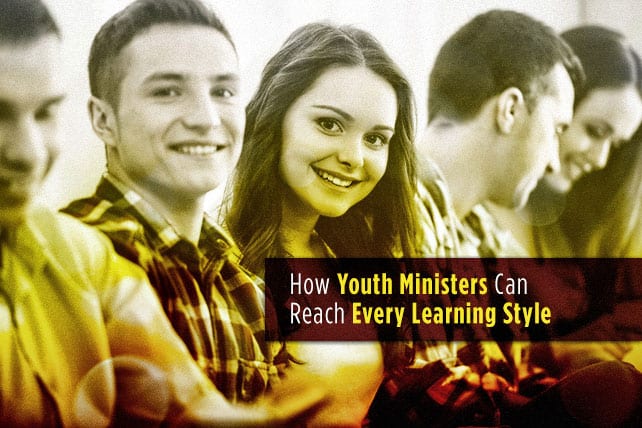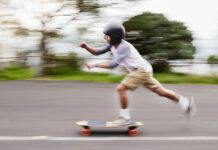Just as everyone has a unique fingerprint or personality, we take in, process, remember and apply information in different ways. Among these differences, however, researchers and educators have found patterns in the ways people learn best, which they call “Learning Styles.” No person is a pure “type” or style; we all learn through various styles, but we do tend to prefer one or two dominant styles. So, in order to ensure that our lessons reach all of our students, we must purposely create activities that utilize all the learning styles represented by leaders and students.
There are several theories and models of Learning Styles, each of which focuses on a different aspect of the learning process. One of the most basic and widely used is the three-fold “Modality model.” This model identifies three main “modes” or channels through which we prefer to receive and remember information. These modes reflect three of our basic senses: Hearing, Vision and Touch. Below are some characteristics of the three types of learners.
1. Auditory learners learn by listening to and talking with others. They prefer to listen to a reading of a book rather than reading it themselves. Auditory learners like to receive instructions verbally and they solve problems by talking through them aloud, especially in group settings. They remember information by speaking it aloud or repeating it over and over, often using rhythmic or musical patterns.
2. Visual learners learn by seeing and watching; they understand tasks and concepts best when they are illustrated with pictures or written descriptions. Visual learners remember best by recalling visual images and associations, such as a mental picture of the person who originally conveyed the information.
3. Active (Tactile/Kinesthetic) learners learn by touching or moving or other physical interaction. They may have difficulty sitting still for more than a few minutes at a time because they need to physically participate in a task. When they read or watch visual images, they prefer stories that are full of action. Tactile/kinesthetic learners remember best by repeating the same actions or by doing something with what they have learned.
Download a free ebook on this topic.













